Space debris |
Space debris around the Earth | |  Automatic translation Automatic translation | | Updated June 01, 2013 |
Space debris is by definition an artificial object and residual nonfunctional as opposed to a satellite is operational. Satellites that orbit above our heads are essential because they organize modern life on Earth. They allow communication and data exchanges of all kinds (data, military data, weather data, images, voice...). In orbit above the Earth, there are many more non-functional objects as useful objects.
In 2009, there were about 600 satellites useful for 10,000 large debris that no longer serve anything. Among the debris found in the satellite end of life, the upper stages of launch vehicles, objects released by mistake during missions (straps, bolts pyrotechnics), products of collisions (where debris meets another debris) and debris wear. Wear debris are microscopic debris gradually in the vacuum of space heat and cold, disintegrate. This rupture material scatters its scales on the different orbits around the earth.
The remains are located everywhere, but particularly in two areas fundamental area of low orbits up to 2,000 kilometers above the geostationary zone and located 36 000 km altitude, about 200 km and more or less 15 Latitude. These are areas of high concentration of objects that require the most attention from scientists. | | There are roughly 10 000 to 12 000 objects considered large debris, 12 000 of these objects, there are about 3000 large satellites and 2000 large rocket stages, the 6-7 000 other objects are smaller, straps, hoods and other toolkits...
There are 400 000 objects 1 centimeter in diameter, which in case of collision, have a kinetic energy equivalent to a safe launch to 100 km/h. And there are 35 million objects the size of 1 millimeter, the objects below this size are not interested researchers. The problem lies above 1 mm in diameter. The main risk is the risk of collision related to the velocity of debris, this speed of 40 to 45 000 km/h is phenomenal kinetic energy proportional to the square of speed. Sometimes objects fall to Earth after losing a lot of energy, because the objects heat up and melt into the Earth's atmosphere (1500 ° C). There are only roughly 10% of their mass once on the surface of the globe. Image: Space debris in orbit that swarm are located everywhere but particularly in two areas fundamental area of low orbit (2000 km altitude) and the area orbit (36,000 km). Debris larger property in order, the United States, Russia, Europe, China and Japan. | | 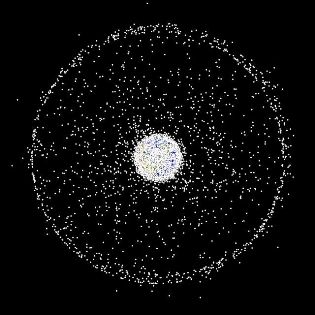 |
Orbits garbage cans | | | | |
The highest risk is between 800 and 1400 km altitude where the multiplicity of debris is exponential. When debris debris meets another, it creates 114 more debris, which regenerates debris exponentially.
The space station is located at 340 kilometers altitude and average lately, she's evasive maneuvers to "slalom" between the debris.
There are 2 major alarms per day for the space station. These alerts are subject to calculations done by the finest orbital center in Toulouse to see if the path drawn by the first calculation is really dangerous and if the risk is proven, the radar will look even more finely and deciding a course more accurate.
After this last step, if there is still a risk we avoid the path of debris. The network dedicated French, the network "Graves" (Wide Area Network Suitable for space surveillance), was commissioned in 2006.
It can monitor the entire area of low orbits, up to 2000 kilometers altitude. | | Solutions "butterfly net" or "Mega Magnet"are not taken seriously by the international space community. There is no real solution operational in 2009, to recover the debris, most solutions are still far-fetched. The USSPACECOM maintains several facilities with radar and telescopes, a catalog containing about 15 000 objects larger than 10 cm in LEO and larger than 1 m in GEO. However, the majority of debris is not always observed. According to the Institute of Aerospace Systems, Braunschweig, there are more than 330 million artificial objects with a diameter of at least one millimeter in Earth orbit. Image: The International Space Station must sometimes slalom to avoid a collision. "It will soon be pressing to clean the orbits, "says Christophe Bonnal, head of the file space debris at the Centre National d'Etudes Spatiales. The International Space Station, 415 km altitude is subject of 2 debris alerts per day. | | 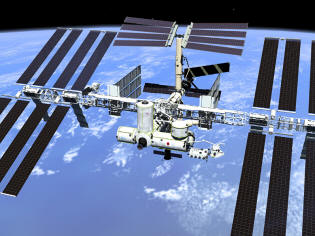 |
More debris with Breeze | | | | |
In October 2012, the fourth stage (Breeze M) which put into orbit by the Proton was missed in August 2012, has just broken in the suburbs of the Earth, within a band orbital in which circulate military and scientific satellites and especially the International Space Station.
Another cloud of debris drifting that sooner or later threaten ISS.
When this failed, the Russian space agency Roskosmos had complained that the third floor that would have worked for 7 seconds instead of 18 minutes and 5 seconds provided.
Its upper component, called Breeze, was unable to reach its final position on its orbit. The two satellites carrying it, Telkom-3 and Express-MD-2, have also disappeared in space. | | NB: The Proton is the largest Russian heavy launcher. It is capable of placing a payload of 22 tons into low orbit and more than four tons into geostationary orbit. Developed in the early 1960s, the first successful launch took place in 1965. Since its inception, 362 shots were made. Image: The Breeze-M upper stage with a diameter of 4.15 meters, exploded in space. This is the third time that has happened already in 2007 and 2010 and 16 October 2012. © Khrunichev | | 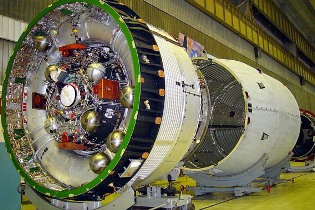 |
Space collisions are rare | | | | |
On February 10, 2009, a wreck of Russian satellite Cosmos 2251, collided with a U.S. communications satellite operations, Iridium Satellite LLC. The shock has poured a lot of debris in Earth space. Launched September 14, 1997, Iridium 33, fully operational, was on a nearly circular orbit of 783.2 x 786.4 km inclined at 86.4 degrees (thus almost polar). It ceased broadcasting February 10, 2009 at exactly 10 h 56 UT, when it crossed the path of Cosmos 2251. The latter, launched June 16, 1993, of Russian design, no longer worked for ten years and thus included in the list of wrecks in the area. The collision occurred at an altitude of 790 kilometers, where the two objects, relatively similar mass (about one ton) found themselves on the same trajectory. The particularly violent clash occurred at a relative speed of 42 120 km/h resulting in approximately 10 000 additional debris, a number that will increase. | | Debris monitoring is too costly to be conducted routinely on all active satellites, that may be why the American satellite does not carry out evasive maneuvers February 10, 2009. Although extremely rare, such collisions have already occurred in the past.
The first of them put off the small French military satellite Cerise in 1992, whose antenna was cut off by space debris.
Space debris still have a long life ahead of them before the hunters of debris into service.
The International Space Station by 275 tons, would still make many evasive maneuvers.
The draft ONERA aims to reduce the vulnerability of infrastructure and space missions vis-à-vis space debris. Seven institutions and European companies specializing in space technologies involved in this project. | | 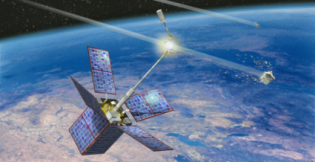 Image: The antenna of the satellite Cerise cut by space debris in 1996.
Credit: CNES/ill. D. DUCROS, 1998. |
Highway geostationary | | | | |
A satellite on a geostationary circular orbit some 36,000 kilometers above the surface of the Earth completes a rotation every 24 hours.
As this period coincides exactly with the revolution of the Earth, this is referred to geosynchronous orbit.
If this orbit is also in the plane of the equator, the satellite will be held securely in the sky above the same point, and the orbit of geostationary will be qualified.
It is sometimes called the Clarke Orbit or the Clarke Belt, named for the British author of science fiction, Arthur C. Clarke, who first had the idea of using a network of satellites that orbit.
Long exposure images of the night sky taken with telescopes compensating the Earth's rotation can also keep track of geostationary satellites for which the sun still shines at night while on the ground has fallen. | | These satellites in the sky leaving marks on images made with frames compensating the Earth's rotation, these trails seem to follow a highway through the heavenly landscape. The following image shows the cons belt of Orion and its famous nebulae. Many trails apparent length of 2.5 ° left by geostationary just scratch the night sky. Image: This wide-field image of the quasi-equatorial region of Orion, showing the heavenly highway. The long exposure images, the night sky taken with telescopes that compensate for the Earth's rotation, can also keep track of geostationary satellites for which the sun still shines at night while on the ground has fallen.
Credit & Copyright: Babak Tafreshi (TWAN). | | 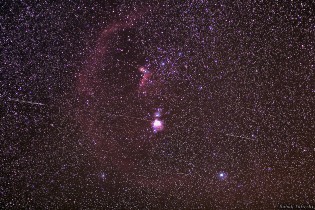 |



 Automatic translation
Automatic translation




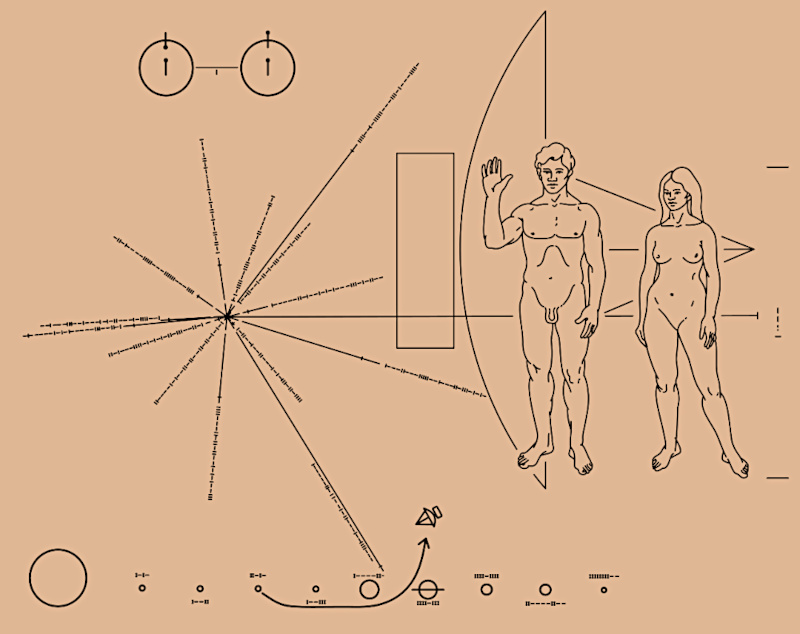 Pioneer, first message to extraterrestrials !
Pioneer, first message to extraterrestrials !
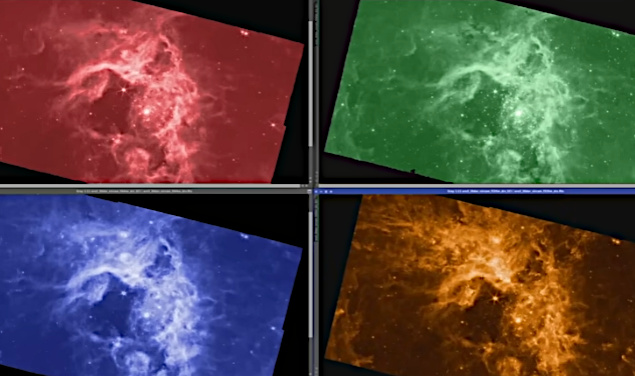 How to see infrared images from JWST?
How to see infrared images from JWST?
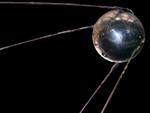 Sputnik, the Russian companion
Sputnik, the Russian companion
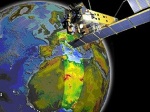 Envisat, the eye high-resolution of the Earth
Envisat, the eye high-resolution of the Earth
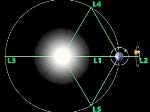 Lagrange points
Lagrange points
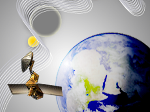 Mars Reconnaissance Orbiter
Mars Reconnaissance Orbiter
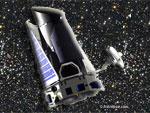 Kepler space telescope in search of life
Kepler space telescope in search of life
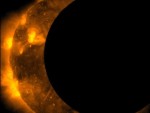 Our satellites also observe eclipses
Our satellites also observe eclipses
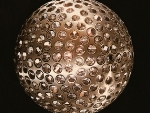 Satellite laser ranging - LAGEOS-1
Satellite laser ranging - LAGEOS-1
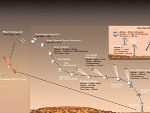 High-risk landing for Curiosity in 2012
High-risk landing for Curiosity in 2012
 Cheops, characteristics of exoplanets
Cheops, characteristics of exoplanets
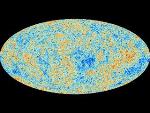 The world of Planck
The world of Planck
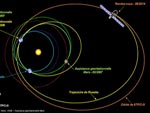 Rosetta or rendezvous with a comet
Rosetta or rendezvous with a comet
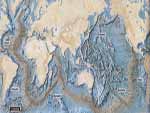 Satellites that measure underwater relief
Satellites that measure underwater relief
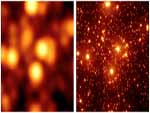 Adaptive optics and laser star
Adaptive optics and laser star
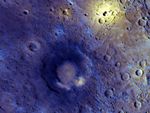 Flyover of Mercury by MESSENGER
Flyover of Mercury by MESSENGER
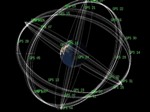 The orbital waltz of GPS satellites
The orbital waltz of GPS satellites
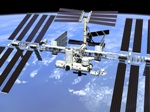 ISS in low Earth orbit at 415 km altitude
ISS in low Earth orbit at 415 km altitude
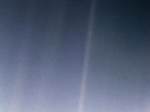 Voyager 1 leaves us without looking back
Voyager 1 leaves us without looking back
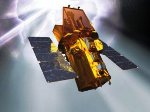 Space telescopes are the eyes of the Earth
Space telescopes are the eyes of the Earth
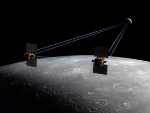 What is a space probe?
What is a space probe?
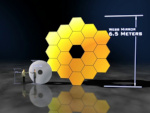 JWST in the depths of space
JWST in the depths of space
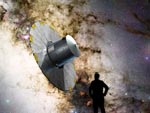 The GAIA satellite maps the Milky Way
The GAIA satellite maps the Milky Way
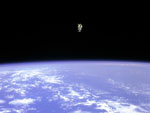 Free flight in space
Free flight in space
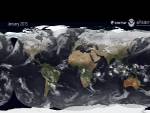 How to calculate the synchronous orbit?
How to calculate the synchronous orbit?
 Modern cathedrals
Modern cathedrals
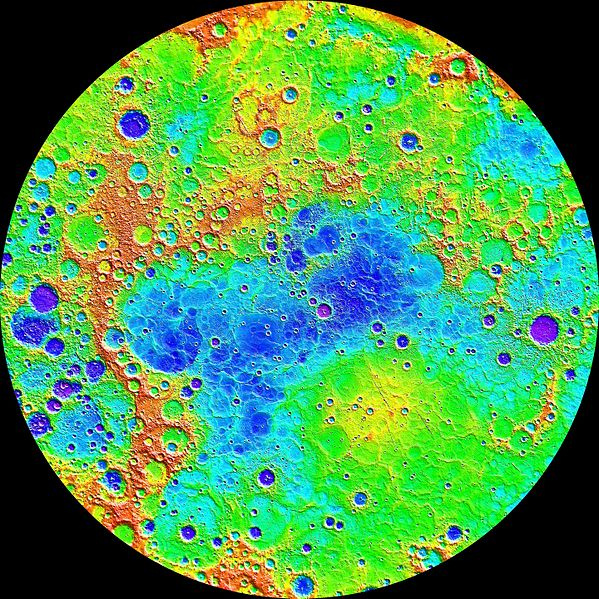 Mercury probes
Mercury probes
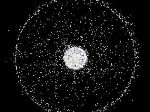 Space debris are increasing exponentially
Space debris are increasing exponentially
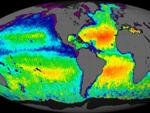 New image of ocean salinity
New image of ocean salinity
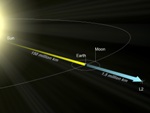 The End of the Dark Ages with JWST
The End of the Dark Ages with JWST
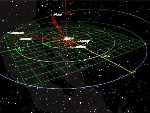 Orbits of celestial objects (Apsis)
Orbits of celestial objects (Apsis)
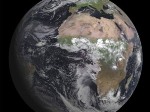 Even finer images for METEOSAT
Even finer images for METEOSAT
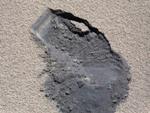 Curiosity, the first shovel, sample of Martian soil
Curiosity, the first shovel, sample of Martian soil
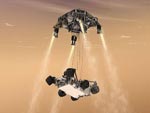 Probes of Mars
Probes of Mars
 Living on the planet Mars
Living on the planet Mars
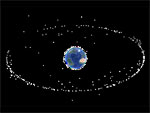 Where is the geostationary orbit?
Where is the geostationary orbit?
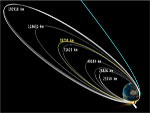 MOM, the technological demonstration
MOM, the technological demonstration
 Venus probes
Venus probes
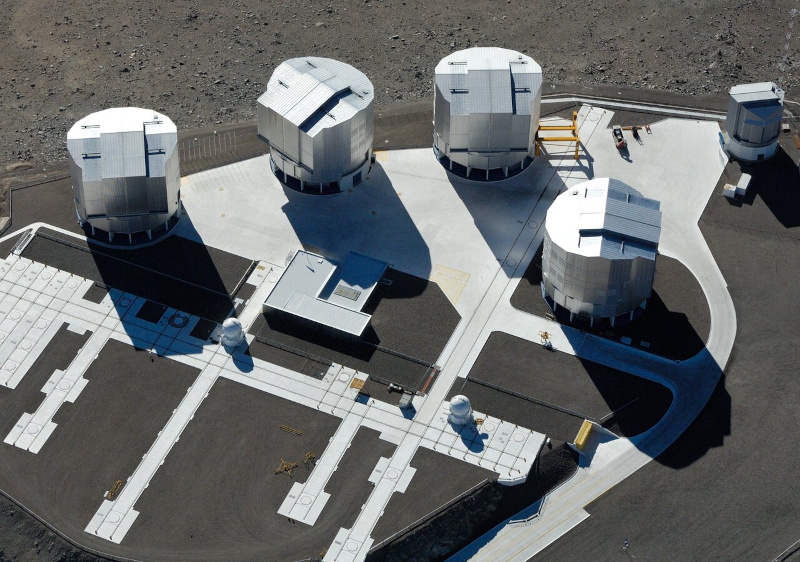 What is an interferometer?
What is an interferometer?